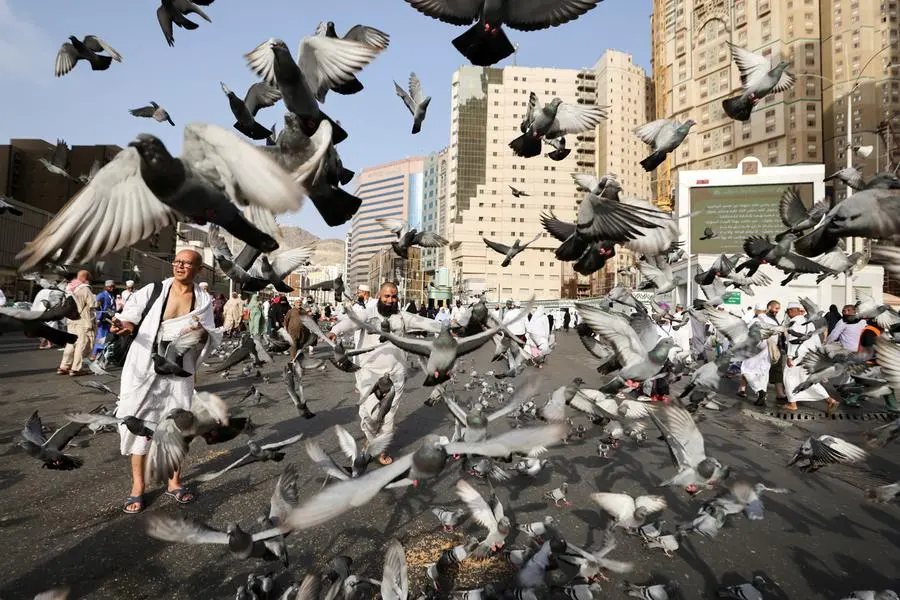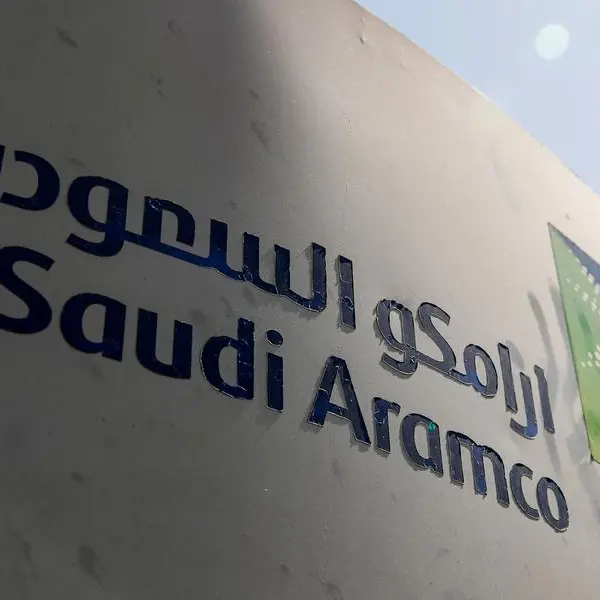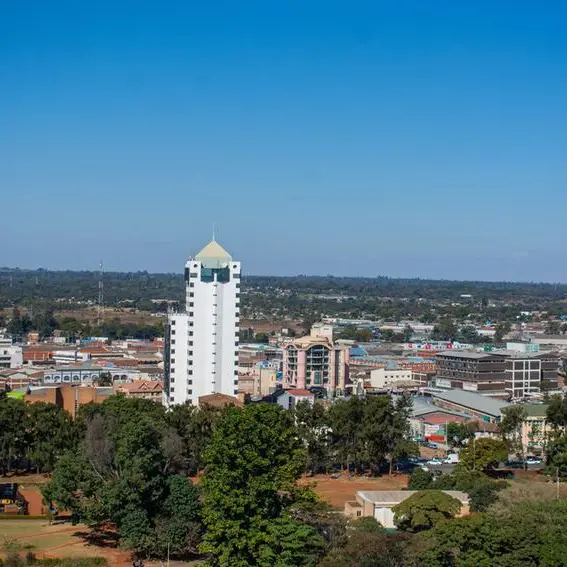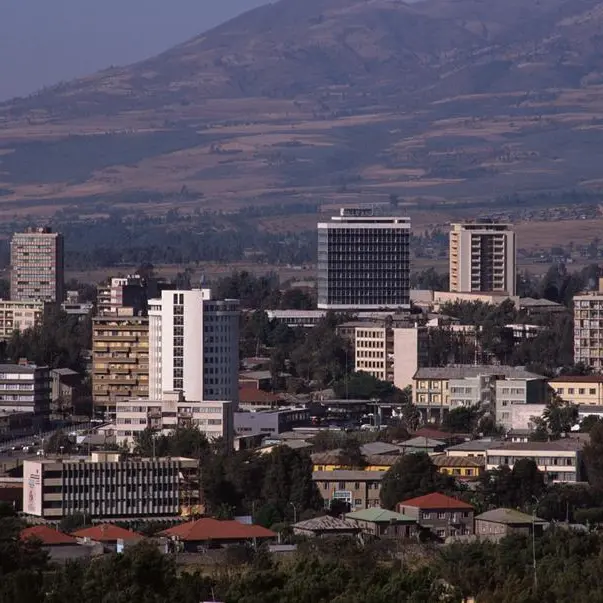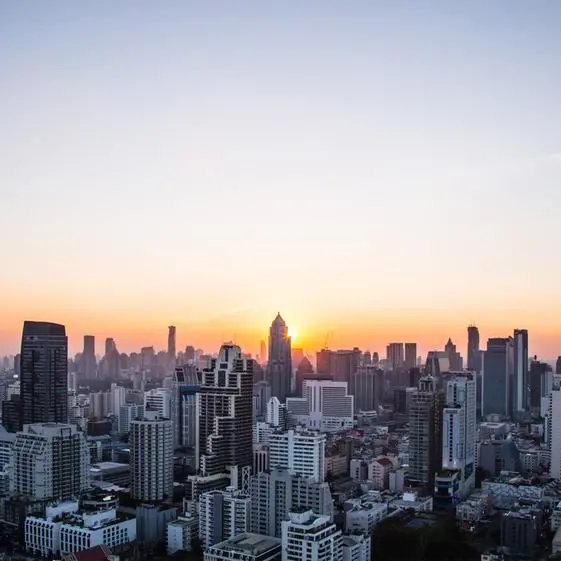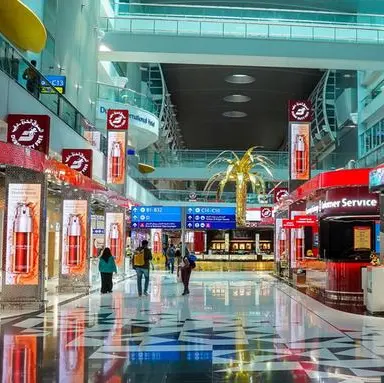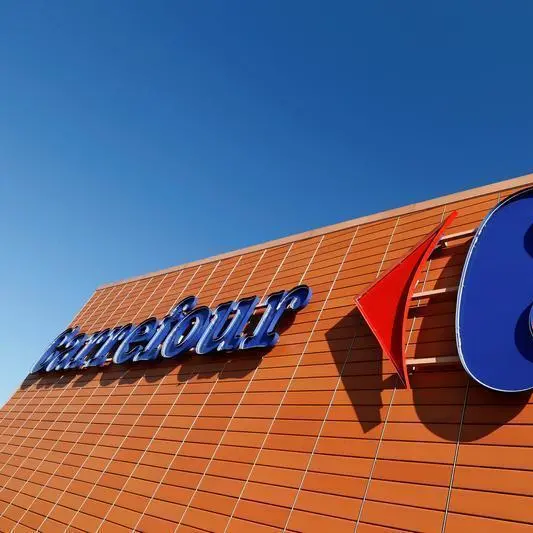PHOTO
MAKKAH — The return of Hajj pilgrims in full capacity from all corners of the globe to what was before the outbreak of the coronavirus pandemic, estimated at about 2.4 million, has been instrumental in spurring a boom encompassing the private economic sectors in the holy cities of Makkah and Madinah.
The most important of these sectors are the retail, accommodation and hospitality sectors.
The retail sector with its various activities witnessed a remarkable growth at the end of the last Umrah season, which witnessed record numbers of pilgrims and worshipers thronging the Grand Mosque.
The hospitality and accommodation sector is one of the most affected sectors by the pandemic, as well as support services, including the food sector, supplies and gifts, and transportation.
Hence, the gains are great at this stage after two seasons in which Saudi Arabia succeeded in maintaining the existence of these sectors well in place through a package of initiatives to support investors and economic establishments operating in the Hajj and Umrah sector.
This was after going through a critical phase due to the pandemic that resulted in huge fall in the rate of the arrival of pilgrims in Makkah and Madinah, amid strict coronavirus preventive protocols and precautionary measures.
According to market experts, the accommodation sector is one of the major beneficiaries of the return of numbers of pilgrims to their full capacity as the occupancy rates will increase compared to what was recorded in the past year.
The number of stay will double with the influx of pilgrims since the early period before the Hajj season, and the number of nights of stay in those hotels will double, especially near the Central Haram Area of Madinah and Makkah.
According to the latest statistics, the cities of Makkah and Madinah have the largest share of hotels, at a rate of more than 75 percent of the total hotels operating in Saudi Arabia.
These include 1,151 licensed hotels in Makkah with about 450,000 hotel rooms, while there are about 75,000 hotel rooms in Madinah.
There has been a momentum in the construction of large numbers of hotels in the two holy cities to accommodate the growing number of pilgrims after the coronavirus pandemic and these numbers are expected to reach 30 million pilgrims and visitors in the future.
Dr. Faisal Al Fadel, member of the Shoura Council, said that the return of the number of pilgrims to what was there before the pandemic has many implications other than its gains.
He said it includes Saudi Arabia’s ability to deal with the pandemic by preserving specialized capabilities, especially in Makkah and Madinah, such as the hospitality and accommodation sector, which is entering the stage of recovery with the influx of pilgrims.
The growing occupancy rates of hotels in Makkah and Madinah will be directly reflected in the retail sector, Al-Fadel said.
He noted that the Umrah season witnessed an improvement in the performance of the sales outlets located around the Grand Mosque and the Prophet’s Mosque, compared to what was recorded in the past three years.
The retail sector recorded active movement with an influx of Umrah pilgrims from abroad, he said.
According to the statistics, released earlier by the General Authority for Statistics (GASTAT), the total number of pilgrims who performed Hajj last year accounted for 899,353, of whom 779,919 pilgrims came from outside Saudi Arabia through various entry ports.
These numbers will double in this season, as two million pilgrims will come from abroad only, in addition to domestic pilgrims. This increase will be reflected in the private sector in its various tracks, starting from aviation and ending with goods and gifts.
Saad Al-Qurashi, advisor to the National Committee for Hajj and Umrah at the Federation of Saudi Chambers (FSC), noted that transportation, restaurants, and retail outlets are among the most important beneficiary sectors as these sectors seek to achieve gains and compensate for their losses recorded during the pandemic period.
“The sales outlets in the neighborhood of the Grand Mosque in Makkah and the Prophet’s Mosque in Madinah will witness a great demand for local products, gifts and gold, in addition to garments and clothes,” he said.
Al-Qurashi said that commercial activities will be at its best when hundreds of thousands of pilgrims throng the holy cities before heading to the Holy Sites with the beginning of Hajj pilgrimage on June 26, and during the period after Hajj until the departure of the pilgrims from the Kingdom.
The Central Haram Area in Makkah and Madinah will bustle with commercial activities and this will reach its peak during the remaining days of pilgrims’ stay in the Kingdom after the performance of their lifetime spiritual journey.
Al-Qurashi stressed that the return of the number of pilgrims to their previous levels will be greatly reflected in various economic sectors in Makkah and Madinah, which went through a difficult stage after the coronavirus pandemic.
These sectors must take advantage of this opportunity with offering goods at reasonable and affordable prices to the pilgrims. Pilgrims from abroad prefer to purchase mainly gifts and other items that are light in weight, as well as gold, clothing, and other goods.
Many market experts attributed the increase in commercial activities to some other factors also. These included the government’s keenness on manufacturing local products and market them among the foreign pilgrims.
As part of this, Saudi Arabia launched, in January this year, the “Made in Makkah” and “Made in Madinah” identities that emanated from the “Made in Saudi Arabia” program that was launched by the Saudi Export Development Authority in the beginning of 2021.
These programs are also aimed at enhancing the economic value of the two cities, apart from enriching religious experience for those coming to perform Hajj and Umrah.
It is noteworthy that the city of Makkah hosts 2,000 factories that are involved in more than 23 industrial activities, with investments of more than SR205 billion ($54.5 billion), while Madinah has more than 461 factories in more than 20 industrial activities, with investments amounting to SR120 billion ($32 billion).
© Copyright 2022 The Saudi Gazette. All Rights Reserved. Provided by SyndiGate Media Inc. (Syndigate.info).
